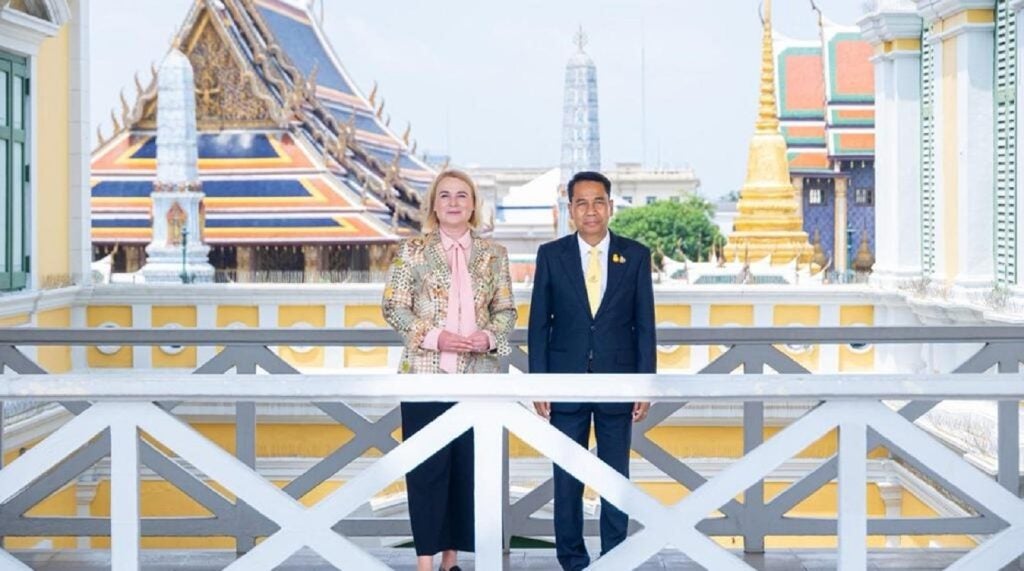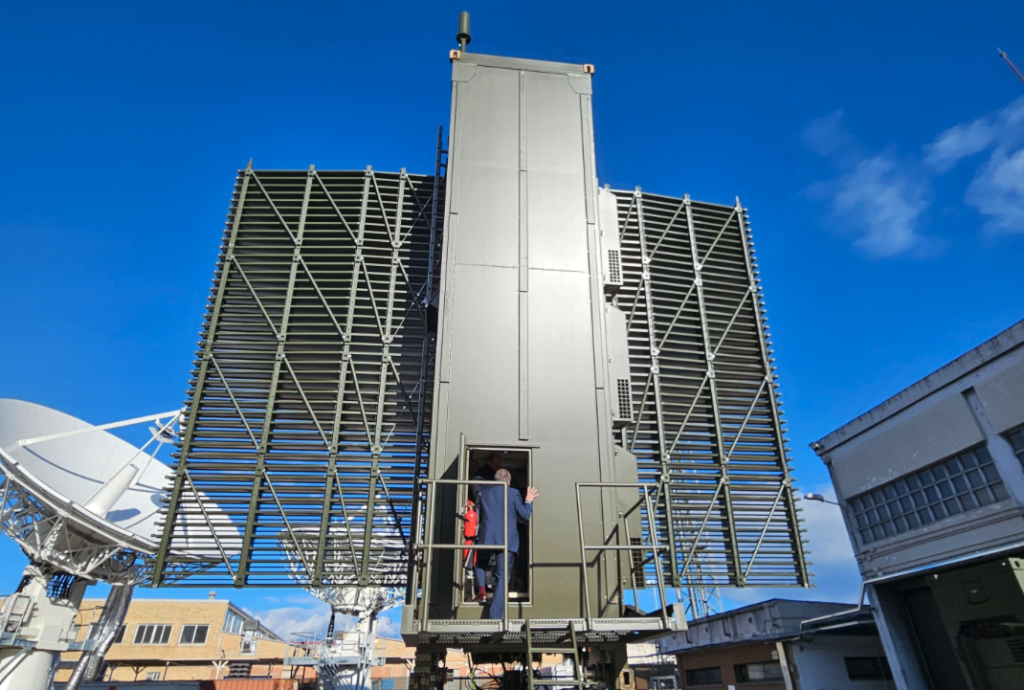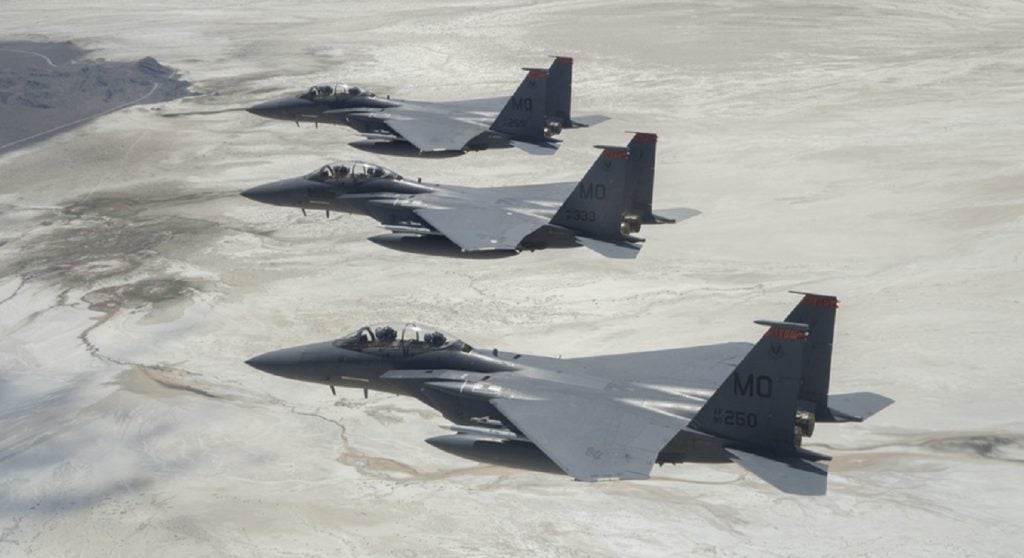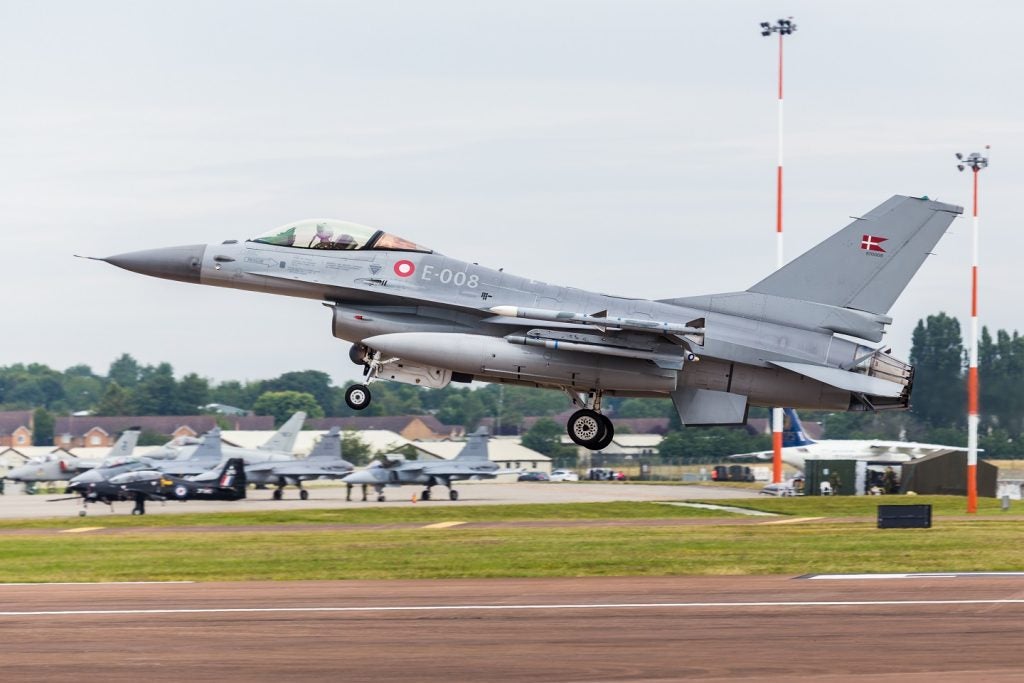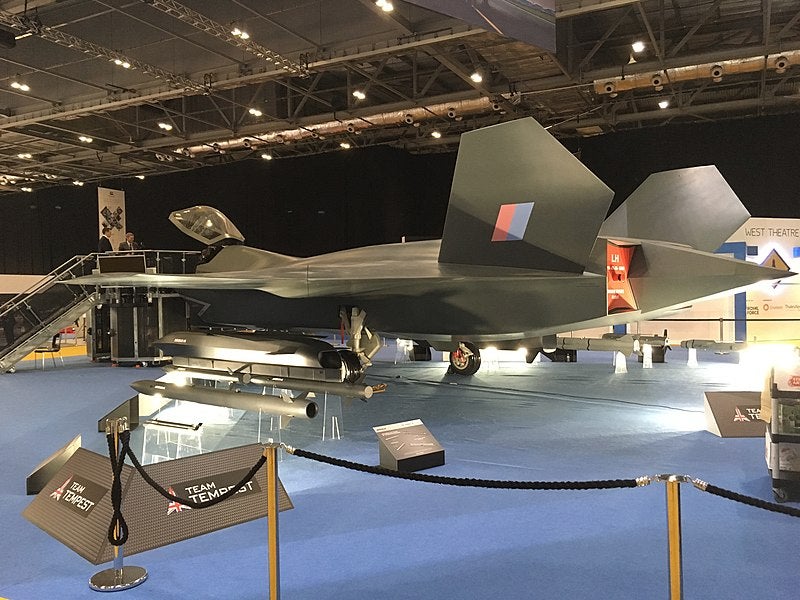
Leonardo UK has demonstrated a new radar sensing technology for the UK’s Tempest next-generation fighter aircraft programme.
The company showcased the capabilities of the radar receiver / warner technology in a laboratory demonstration for the UK and other partners in Team Tempest.
Tempest is a future combat jet being developed jointly by the UK, Sweden and Italy. The aircraft is expected to enter operational service in 2035 and will provide sixth-generation combat capabilities to the airforces of the three countries.
Team Tempest is a group of industry partners, including BAE Systems, Leonardo, Rolls-Royce and MBDA, working with the UK Ministry of Defence on the project.
Leonardo is leading the effort to develop radar warning technology for the future fighter.
The demonstration is part of the development work for the sensor suite to be integrated into the sixth-generation jet.
How well do you really know your competitors?
Access the most comprehensive Company Profiles on the market, powered by GlobalData. Save hours of research. Gain competitive edge.

Thank you!
Your download email will arrive shortly
Not ready to buy yet? Download a free sample
We are confident about the unique quality of our Company Profiles. However, we want you to make the most beneficial decision for your business, so we offer a free sample that you can download by submitting the below form
By GlobalDataLeonardo noted that the size of the new sensor is about 1/10th of a standard radar warning receiver.
The technology demonstrated four times the accuracy provided by the sensors that are currently in use.
It can sense radiofrequency (RF) signals from hostile radars and send a warning to the operator about enemy attempts to ‘lock on’ to the aircraft, the company said.
The sensor technology can also be used for combat identification and intelligence gathering.
Leonardo is focusing its efforts on developing an advanced technology that can keep pace with future threats.
In a press statement, the company said: “In future, threat radars are likely to use a range of technologies and software techniques to make it harder to identify their signals, meaning that Tempest’s sensors will need to be sophisticated enough to be able to counter such techniques and flexible enough to be updated in response to new technologies as they emerge on the battlefield.”
In addition to reduced size and weight, the solution offers low power requirements.
These features will enable the sensor to support potential integration into a multi-function array.
The idea is to develop several multi-purpose sensors that can detect and track a range of threats including incoming missiles, hostile aircraft, approaching the aircraft from all directions.



